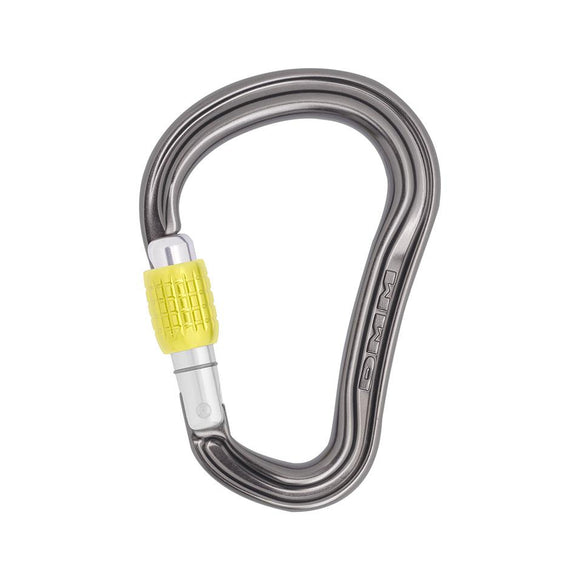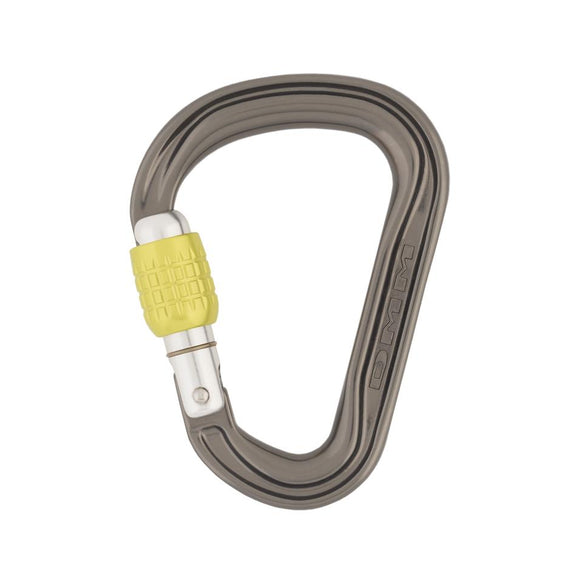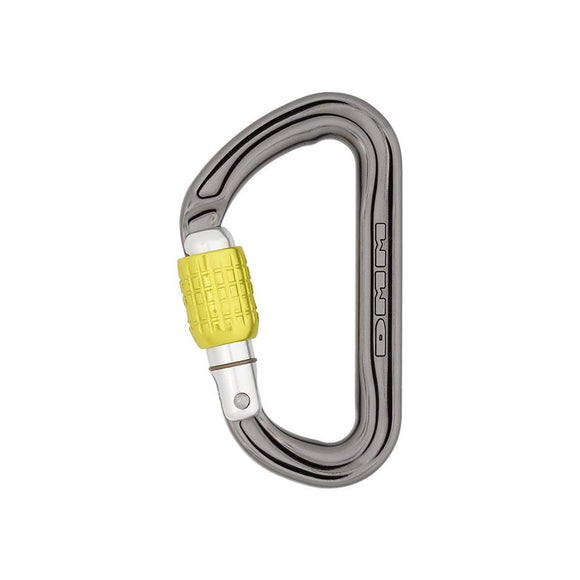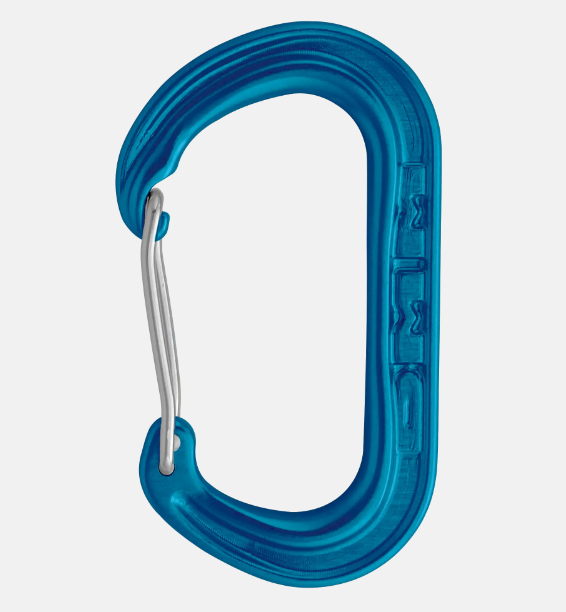If you are thinking about heading out on the Southern Sandstone then there are a few things that you will need to be aware of before your visit. This article gives a brief overview of the unique climbing rules that are important to know when heading out both in bouldering and rope climbing. If you are not experienced in outdoor climbing then we strongly recommend that you seek a qualified instructor to guide you on your firs visit.
Overview
Located in the South East across Sussex and Kent, the Southern Sandstone is the closest outdoor climbing to London, making the crags some of the most popular in the country. The downside is that the rock is also one of the softest in the country meaning that special care needs to be taken to ensure that the rock is maintained for many years to come. Due to the softness of the rock, there are several common practices that are not allowed on these crags which we will go into below.
We firstly recommend that you purchase one of the guidebooks to the local area as these contain lots of helpful information and pictures about the various rules that you will need to know.
Conditions
The Southern Sandstone is only possible to climb in dry weather following a continuous dry spell. This means that most of the crags are out of action for the winter months. The reason for this is because of its soft nature, when damp the rocks wears excessively quick and can lead to increased hold erosion. Please make sure you check the weather several days before your planned trip to be sure. If it is wet – then why not head to Volume 1 Climbing centre in East Grinstead…
Bouldering
Brushing
Brushing using traditional bouldering brushes is not allowed on the Southern Sandstone. This is because the concentrated brushing wears away the hard outer layer of the sandstone leaving soft irreparable rock below and damaging climb for ever. If a hold needs cleaning then it is advised to use a rag or towel to gently remove excess chalk.
Clean shoes
Remember to clean your shoes before attempting any climb. Not only will this give you better grip and prolong the life of your climbing shoes but it will also stop you rubbing sand and dirt grains into the rock causing holds to rapidly wear. Use a boulder mat, towel or carpet off cut to clean your shoes before climbing.
Bouldering Mats
Bouldering mats not only protect you if you fall but they also help protect the ground from eroding. Having several pads is often ideal for most areas so that you can create safe landings for the whole climb minimising the chance of injury.
Rope Climbing
Due to the soft nature, lead and trad climbing is not allowed and therefore it is only possible to top rope at all of the crags. The set ups at the top of each climb vary between locations but the below recommendations on kit should give you enough to set up at most destination.
Set Up
The most important factor when setting up your ropes is to minimise moving ropes coming in to contact with the rock. This is due to the soft nature of the rock and you will see the historic damage of rope marks at all crags. To minimise this you will want to extend your anchor rope below the lip of the top so the karabiner is hanging free. This sometimes requires some creative set ups but is necessary to do your bit for the Southern Sandstone.
Anchor Ropes
At many crags there are bolts placed to help you rig your ropes and where these are not located, there is often trees nearby to help you rig your ropes. Static rope is ideal for setting up your top rope as you can adjust the length perfectly to give you and an ideal set up. We recommend between 5 – 10m of static rope for your set ups but there is never any harm in having more.
Slings
Slings can also be used to set up ropes at most crags, however due to their fixed length they are not as versatile as static rope for anchors.
Rope Protector
Consider buying or making a rope protector to help keep your rope safe from abrasion of the rock. Ropes can wear very quickly when not protected. There are several products on the market, or you can make your own with either plastic tubing or carpet offcuts.
Karabiners
You will want to ensure you have several karabiners for your set up. These can be used to connect to the bolts and for your climbing rope to pass through.
Climbing rope
We recommend climbing on a static rope when on the southern sandstone. Whilst this is traditionally avoided for climbing due to its low stretch, as the climbing is just top roping this causes less issues and ensures should the rope come into contact with the rock on a fall, it has less movement meaning that it does minimal damage. A 30m rope is normally long enough for all climbs.
Harness
A basic climbing harness is sufficient for climbing on the sandstone and what you choose will come down to personal fit and comfort.
Guidebooks
As mentioned earlier, a guidebook is essential for ensuring that you are up to speed with the rules, attempting climbs within your grade and aware of any differences between the crags.
Happy climbing!
Find similar articles
southern sandstoneFeatured collection

DMM Shadow HMS Karabiner

DMM Phantom HMS Karabiner

DMM Phantom Screwgate



